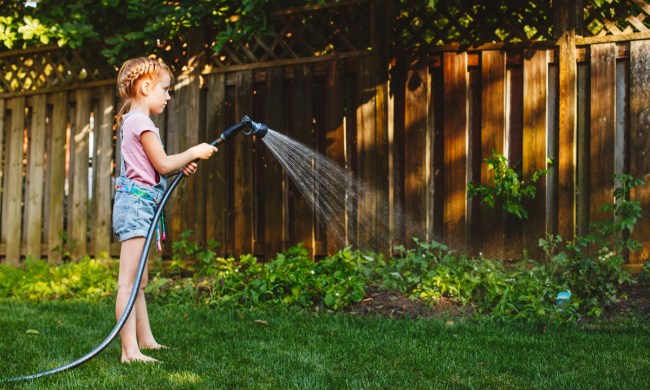Holding a pencil, pen, or another writing utensil in your hand is something akin to instinct when it comes to adults, but have you ever thought back to when you learned how to do it? Do you remember the steps you took to learn the proper way to hold a pencil?
If you are a parent with a young child, chances are, you have begun to work with them on holding a pencil. But if you haven’t, or you aren’t sure the reason why this is such a vital lesson to teach, now is an ideal time to get some pointers on how to start the process. We’ll also give you tips on teaching the lessons and some easy pencil grips for kids that will make things much simpler.
The act of holding a pencil is a skill most kids have mastered by the time they reach kindergarten, though there are some kids who struggle. While the act is simple, there is a bit of an art form when teaching the skill to your child. Some parents excel at it, while others have a tougher time.
In order to level the playing field, it’s important to get down to basics. Holding a pencil, pen, crayon, or other writing utensil the wrong way can cause unnecessary pain and cramping, making it difficult for the writer to complete an assignment or finish a test without fatiguing or wearing out quickly.
These types of setbacks can even go on to affect how a child develops in school, which can make or break their school years, and possibly factor into their higher education plans. Additionally, learning how to hold a pencil incorrectly could affect the student’s academic performance and their overall likeness to education.

How to properly hold a pencil
There are several ways to teach children the proper way to hold a pencil and there many techniques you can use as well. We’ve chosen three exercises that you can use to help your child strengthen their pencil-holding skills.
The pencil flip method
This method strengthens the muscles in your child’s hands while also improving overall dexterity.
Step 1: Starting with a pencil in your child’s writing hand, have them pinch the pencil between their index finger and thumb.
Step 2: Without using any other fingers, ask them to flip the pencil forward, while continuing to grip the pencil between their index finger and thumb.
Step 3: Have them practice carefully flipping the pencil back and forth, keeping control of the pencil between their fingers, and resting it either against their hand between the thumb and finger — an area sometimes called the webbing or webbed space — or against the surface in front of them.
By practicing this control method, your child is strengthening their grip, while also controlling the speed of the pencil being flipped.

The hidden object method
This teaching mechanism helps children keep their other fingers tucked into their hand while writing.
Step 1: Give your child a small item, such as an eraser or a small toy, such as a LEGO mini-figure, or a small rubber ball.
Step 2: Have them attempt to hide that object in their three tucked fingers, against their palm, while holding a pencil to write.
This exercise strengthens the muscles and provides a purpose for tucking the fingers into the palm when writing.

Use smaller writing tools and mix it up
You can also incorporate a variety of writing utensils of different sizes and colors when practicing pencil grips for kids to keep them interested.
Step 1: Try a smaller object to write with, such as a small hobby or golfing pencil or broken crayon.
A miniature writing tool forces small children to grip them properly, without using their entire fist.
Step 2: Encourage your child to use other writing tools besides pencils to help break up the monotony of gray/black pencil marks.
Step 3: Swap out the pencils for markers, glitter, pens, colored pencils, or crayons for a more brightly colored result.
Step 4: Allow your child to personalize their paper by encouraging them to write their name in different colors or to doodle. This makes for a more meaningful experience, and it's likely the information and skill will stick with them.
These three methods are certainly not the only ones available to parents, but they are some of the more successful exercises to use in teaching your 5-year-old the importance of holding their pencil properly. If they have this skill mastered by the time they reach kindergarten, your child will likely have a leg up on their classmates who may not have learned such a skill at home.
By encouraging your child to hold their pencil properly, you are ensuring their success in the classroom while also preserving their love and desire to learn. When kids can’t keep up with their classmates, or their hands and arms cramp up from poor holding skills, it could be detrimental to their learning careers, and possibly affect them as their class progress.
The best way to prevent this is to help your child learn at a young age that gripping their pencil properly will set them up for success in the future while preventing pain and injury from poor use.




